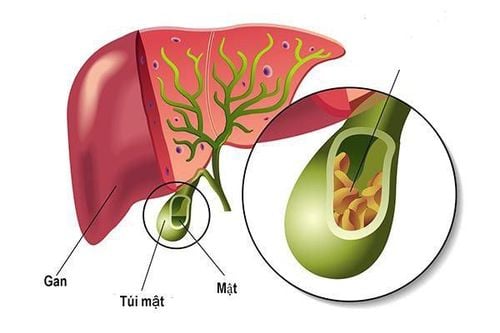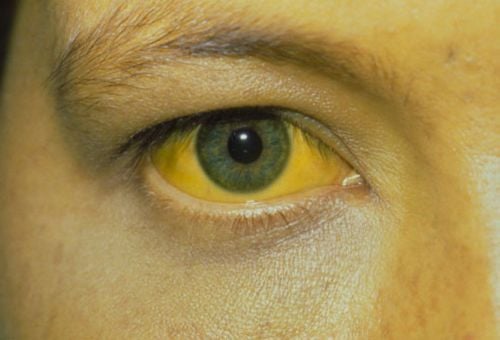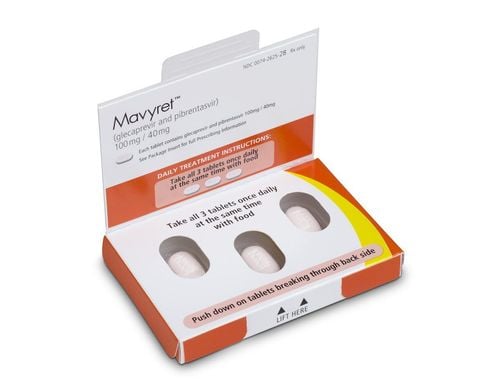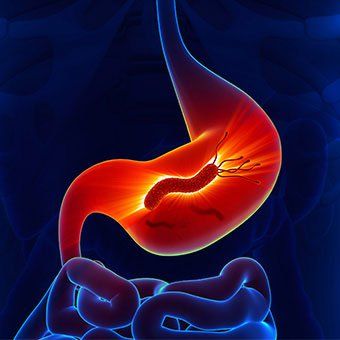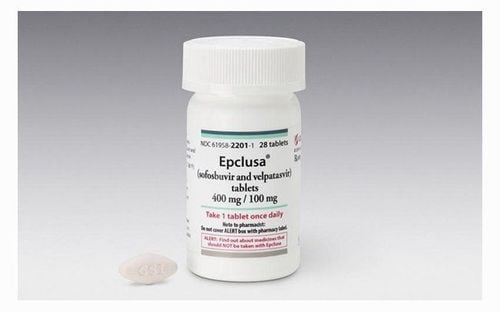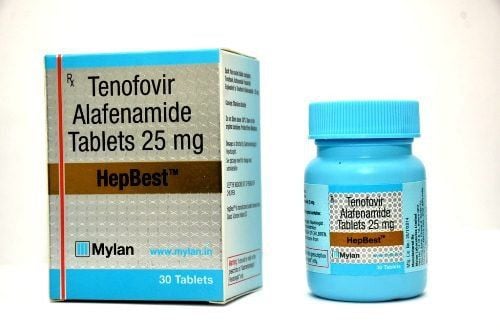This is an automatically translated article.
To this day, no researcher has been able to see the hepatitis C virus through electron microscopy or viral culture. However, scientists already know the genome of the virus, so they basically assume the structure of the virus. Accordingly, the hepatitis C virus is a virus with a core (or virus nucleus) with an RNA structure and can be recognized through hepatitis C virus tests.
1. What is the HCV-RNA test and how is it done?
The HCV RNA test is a test to check the patient's blood for the presence of RNA and hepatitis C viral load. This is a molecular biology test performed by PCR technique - a technique of cloning DNA in vitro through temperature cycles.
HCV RNA testing is done by separating serum or plasma from the patient's blood. The viral RNA is then extracted from the plasma and serum samples, and finally into a test tube. In vitro, hepatitis C virus RNA is reverse transcribed into complementary DNA (cDNA), which is cloned into billions of copies for detection.
By cloning up from one original to billions of copies before detection, the HCV RNA test has extremely high sensitivity, enough to detect viral RNA in a sample even at very low quantities.
In addition, today doctors can also count the amount of hepatitis C virus from the original RNA in the test sample thanks to quantitative PCR technique, also known as qPCR or real-time PCR.
In principle, qPCR is similar to PCR, but this technique has an additional feature of quantifying the number of originals or the viral load of hepatitis C in the sample by means of an optical system. capable of detecting the reaction occurring in vitro during cloning.
HCV RNA test is a PCR-based test - this is a completely open technique, the test operator can make his own reagents to do without having to depend on the available test kits. However, if the test results are to be accurate, the tester must carry out enough controls to control that there are no errors in the process.
2. What's the difference between "below detectable" and "undetectable" HCV RNA test results?
When the test result for the hepatitis C virus HCV RNA says "below detection", this means that the patient may have no or a very small amount of virus left in the person's body. But this amount is below the detection threshold of the tester.
When returning HCV RNA test results, reply with the words: "not detected" or "Target Not detected", this means that the blood of patients infected with hepatitis C virus has completely cleared of HCV virus. This is the outcome that any hepatitis C patient would most likely expect.
If the patient takes the test 4 weeks after taking the drug, performs the test with a machine with a low detection threshold, then "undetectable" is a signal that the patient is likely to be completely cured. very high.
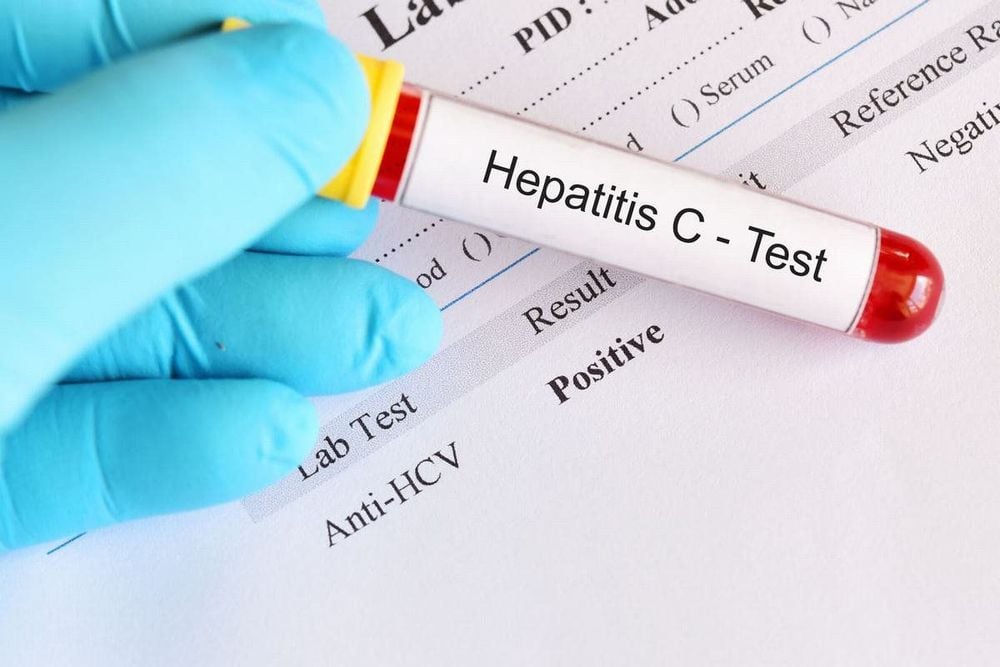
Xét nghiệm HCV RNA giúp bác sĩ chẩn đoán chính xác bệnh lý
3. Does a positive HCV RNA test result require specific treatment?
Patients infected with hepatitis C virus often have no symptoms or only a few symptoms that are nonspecific and very vague. However, the virus has silently entered and replicated in liver cells. The process of invasion and replication takes a very long time, possibly up to decades, causing liver cells to be gradually destroyed, causing chronic hepatitis, cirrhosis and liver cancer. The risk of people infected with hepatitis C virus developing chronic hepatitis, cirrhosis, and liver cancer is quite high (from 17 to 20%).
Therefore, unlike hepatitis B virus, it is necessary to identify patients with chronic hepatitis B (elevated ALT, liver abnormalities detected by biopsy or fibroscan) to need specific treatment.
Patients who are confirmed to be infected with hepatitis C virus should be prescribed specific treatment without looking for signs of liver injury. In the case of positive HCV RNA test results, specific treatment should be initiated immediately, without waiting until the liver enzyme ALT is doubled or waiting for the biopsy or fibroscan results to show hepatocellular damage before starting treatment. treat.
Before being treated, patients are assigned to perform two tests: HCV RNA quantification and HCV genotype determination so that doctors can monitor the effectiveness of treatment, decide on time and specific treatment regimens on the disease. specific kernel. To determine whether specific treatment is effective, after 3 months, the doctor will order the patient to have a quantitative HCV RNA test again.
If the quantitative results show that the hepatitis C viral load does not decrease or only decreases by less than 100 times, then the doctor must consider changing the treatment regimen due to the disease not responding. If the quantitative results show that the hepatitis C viral load is reduced by more than 100 times, it is possible to evaluate the effectiveness of this specific treatment regimen, then the doctor will decide how long the treatment period should be, depending on It depends on the HCV genotype that the patient is infected with. More specifically, if the patient is infected with HCV genotype 1, they need to be treated for another 9 months, for a total of 12 months. If the patient is infected with HCV genotype, not genotype 1, but genotype 2 or genotype 6 (in Vietnam very few HCV genotypes 3, 4 and 5), the doctor will appoint additional treatment for 3 months, total treatment time 6 month. Before deciding to end treatment, the doctor will order the patient to test HCV RNA again to see if there is still virus in the patient's blood. If the test is still positive, the treatment cannot be stopped but must be continued for another 3 months, until the result is negative. After termination of treatment, the physician should regularly monitor the patient for relapse or re-infection with HCV RNA blood testing every 3 months. Any time a positive test result means that the patient is experiencing relapse or re-infection, the patient must return to the original specific treatment.
4. What's wrong with a blood test that is positive for anti-HCV?
Anti-HCV is a specific antibody to the hepatitis C virus. When the result is positive for anti-HCV, it means that the patient's blood already has HCV-specific antibodies and the patient may still be infected with the virus or infected with virus but recovered.
When a person is infected with the hepatitis C virus, his or her immune system is rarely able to create protective immunity against the virus. Therefore, the appearance of HCV-specific antibodies (anti-HCV) does not mean that the body has acquired protective immunity to completely eliminate the virus.
Only a few patients are fortunate enough to recover from the disease thanks to the body's non-specific defense systems against the virus, the rest of the patients in most cases the virus persists, replicating in liver cells, which then release the virus into the bloodstream. Therefore, to be able to determine whether a person is infected with HCV or not, the doctor must order an HCV-RNA test, that is, to find the nuclear acid component of the hepatitis C virus in the patient's blood. If the test results are positive for HCV RNA, it means that the patient's blood has the presence of hepatitis C virus, the patient is infected with HCV.
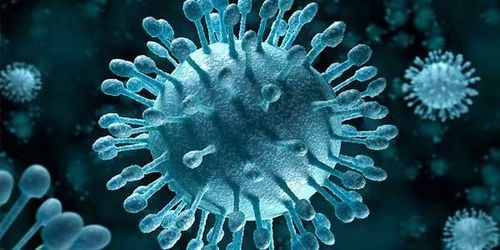
Nhiễm virus viêm gan C cần được phát hiện và điều trị sớm
5. How long after exposure to HCV will the anti-HCV result be positive?
Anti-HCV can be found in 70% of patients with onset of symptoms and in about 90% of patients within 3 months of exposure. However, it is important to note that most people with hepatitis C are asymptomatic, so they often skip screening.
6. After the anti-HCV test is positive, what should I do?
After the anti-HCV test is positive, it is necessary to measure liver enzymes in the blood, high ALT is a sign of hepatitis. Patients need to be tested for other techniques to determine whether chronic hepatitis requires treatment or not.
7. Are Anti-HCV results false positive?
A false positive test means that the test is positive, but the patient is actually negative. This condition often occurs in people who are at low risk for the disease they are being tested for, for example a false-positive anti-HCV test is often seen in blood donors at low risk for hepatitis C.
Therefore, it is necessary to check positive anti-HCV tests with another additional test. In clinical practice, the majority of false-positive anti-HCV tests are reported as negative when tested with an additional test.
8. Routine anti-HCV testing for pregnant women should not?
There is no need for routine anti-HCV testing for pregnant women because pregnant women are not at higher risk of HCV infection compared with the general population. Only pregnant women at high risk for hepatitis C should be tested for anti-HCV.
Please dial HOTLINE for more information or register for an appointment HERE. Download MyVinmec app to make appointments faster and to manage your bookings easily.




